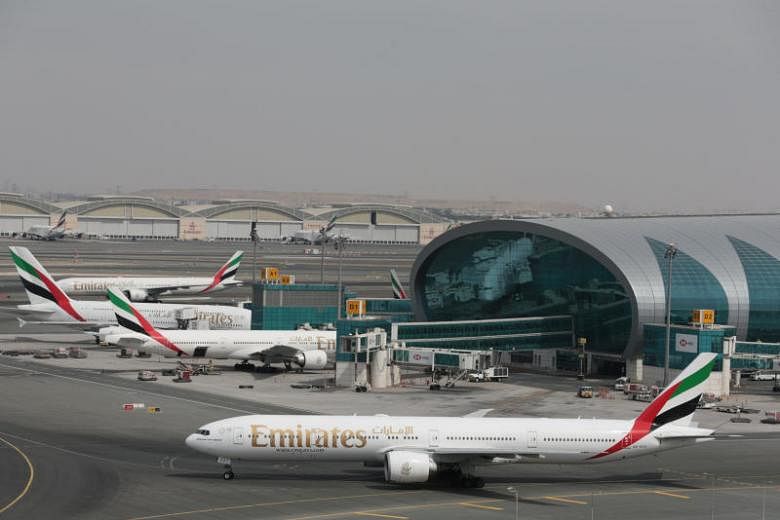SINGAPORE - Growth in global passenger traffic rose by 6.5 per cent in January 2019 from a year ago - recording the fastest pace in six months - data from the International Air Transport Association (Iata) show.
Passenger capacity (in available seat kilometres) grew 6.4 per cent, while load factor, which measures how full a flight is, inched up 0.1 percentage point to 79.6 per cent.
"2019 has started on a positive note, with healthy passenger demand in line with the 10-year trend line. However, market signals are mixed, with indications of weakening business confidence in developed economies and a more nuanced picture across the developing world," said Iata's director general and CEO, Alexandre de Juniac in a media release on Friday (March 8).
In the international passenger market, growth was led by European and Asia Pacific carriers, while Middle Eastern carriers posted the weakest expansion.
International passenger demand rose 6 per cent in January year on year, up from a 5.3 per cent rise in December. All regions recorded growth, led by Europe for a fourth consecutive month, Iata noted. Capacity increased 5.8 per cent and load factor climbed 0.2 percentage point to 79.8 per cent.
European carriers' international traffic climbed 7.7 per cent in January from a year earlier, though this is down from a 8.6 per cent annual increase in December. Capacity rose 8.8 per cent and load factor fell 0.9 percentage point to 80.3 per cent.
"This moderation likely reflects uncertainty over the region's economic situation, including lack of clarity over Brexit," Iata said.
Capacity rose 8.8 per cent and load factor fell 0.9 percentage point to 80.3 per cent for European airlines.
Asia-Pacific carriers recorded a demand increase of 7.1 per cent, up from a 5 per cent in December. Capacity rose 5.1 per cent, and load factor surged 1.5 percentage points to 81.7 per cent - the second highest among the regions after Latin American airlines.
This comes on the back of healthy regional growth, underpinned by rising incomes, and an increase in the number of airport pairs, Iata said.
Separately, Middle Eastern carriers had the slowest growth, with demand up just 1.5 per cent year on year, though this marks an improvement from the 0.1 per cent fall in traffic in December. That said, Iata noted that it is still "premature" to say whether this improvement represents a trend. Capacity climbed 3.2 per cent, and load factor fell 1.3 percentage points to 75.6 per cent.
Added Mr de Juniac: "Aviation is the business of freedom, liberating us from the constraints of geography and distance, but to be effective we require borders that are open to the movement of people and goods. We welcome the latest EU proposals to adopt a common-sense approach to maintaining and enabling the connectivity between the UK and the EU in the event of a no-deal Brexit.
"But this is just a temporary solution and with Brexit still set for March 29, we urge both sides to agree a comprehensive Brexit package that will ensure the seamless air connectivity travellers expect."

